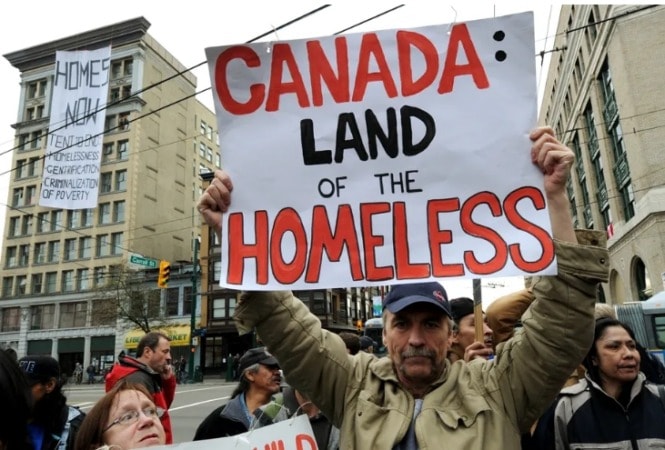
Mark Ralston/AFP/Getty
Ray is a 55-year-old man in Vancouver, Canada. He used to live in an emergency homeless shelter. But over the past couple years, he’s been able to pay for a place to live and courses to prepare him for his dream job — in part because he participated in a study called the New Leaf Project.
The study, conducted by the charity Foundations for Social Change in partnership with the University of British Columbia, was fairlysimple. It identified 50 people in the Vancouver area who had become homeless in the past two years. In spring 2018, it gave them each one lump sum of $7,500 (in Canadian dollars). And it told them to do whatever they wanted with the cash.
“At first, I thought it was a little far-fetched — too good to be true,” Ray said. “I went with one of the program representatives to a bank and we opened up a bank account for me. Even after the money was […]











I spent a year in Mexico, and while living with a family in Cuernavaca I helped put together a Christmas party for kids in the neighborhood. I was living in a mixed neighborhood of mostly middle class homes, but with many shacks of homes built out of scraps as well, and one fancy hacienda behind a high wall belonging to a wealthy family. We went around the neighborhood to collect small gifts for the kids and raise some cash so we could buy a big pinata. I quickly discovered there was an exact reverse correlation between the wealthy of the household and the amount of gifts or money the household gave. By far, the poorest gave the most and the wealthiest the least. The hacienda family gave nothing.
It is interesting that the researchers concluded that giving a larger sum up front worked better than doling out money. Of course, they were talking about a relatively small amount, $7500 Canadian. My guess is that there is a decrease in positive effect at a certain point. But, that is something deserving of research.